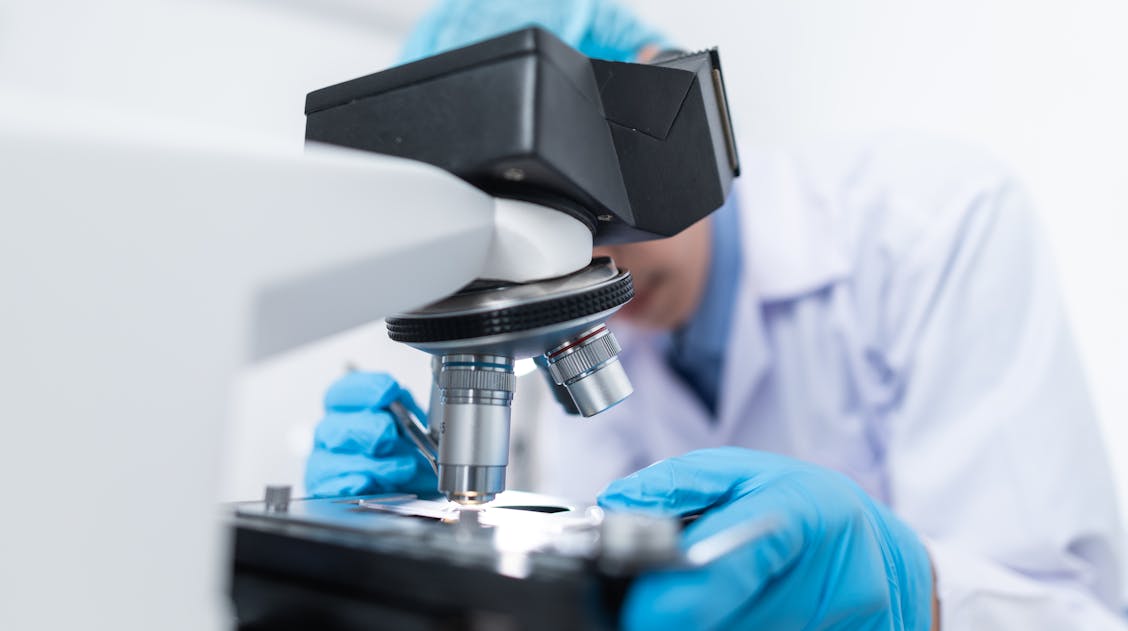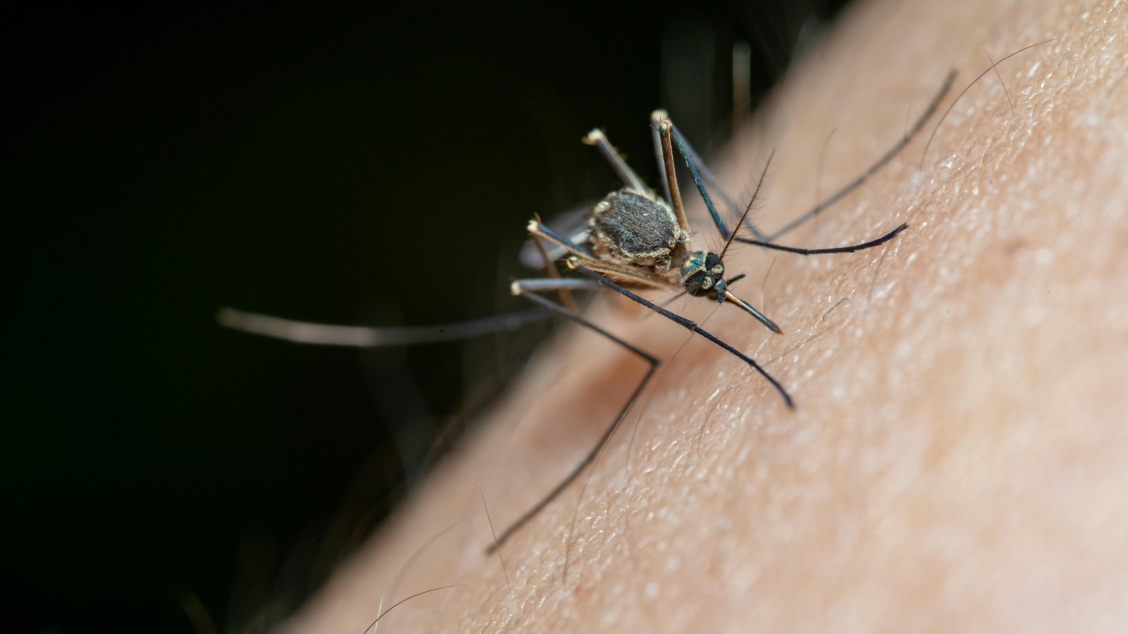
Testing the Feasbility of Genetic Selection Tool to Increase Fertility
Global fertility rates are experiencing an unprecedented decline.
According to the United Nations (UN), global fertility rates have been declining for decades, from 5 births per average woman in the 1950s to 3 births per average woman in the 1990s, and now down to 2 births per average woman in 2025.
This rapid decline is due to a wide range of factors, mainly socioeconomic factors such as a rise in the cost of living and gender inequality. Moreover, because of these issues, as well as having more career and education opportunities, many women are choosing to have children later on in life and rely more on in vitro fertilisation (IVF) to start their families.
The UN reports that in 1994, all countries with a fertility level below 2.1 had a mean age of childbearing below 30 years. The mean age increased in 2024; two-thirds of these countries had a mean childbearing age of over 30 years.
Researchers who recently published a clinical trial in the Open Access journal the Journal of Clinical Medicine, tested the feasibility of introducing genetic testing to current IVF processes. This involved developing a pilot worldwide trial on women aged 35–42 with a higher risk of producing embryos with chromosomal abnormalities to check for abnormalities before transfer.
Fertility and age
Fertility and reproductive health are very personal and can vary from person to person based on a range of factors, including genetics and other lifestyle factors. Because of this, it can be difficult to pinpoint when someone is most fertile and when their fertility starts to decline and how it can affect pregnancy.
However, female fertility generally begins to decline at the age of 35, as egg quality and quantity decrease. Consequently, women over the age of 35 are more at risk of producing embryos with chromosomal abnormalities.
This rate of decline varies from person to person. One method to identify how this decline is affecting the quality of eggs is by genetically testing embryos for abnormalities. However, even after the transfer of an embryo with good morphology, many women still fail to achieve a viable clinical pregnancy or live birth.
Embryo selection to improve fertility rates
The study involved preimplantation genetic testing for aneuploidy (PGT-A) to check embryos for chromosomal abnormalities.
PGT-A testing involves removing a cell or cells using biopsy methods from an embryo and testing to assess the number of chromosomes they contain. Embryos with missing or extra chromosomes are characterised as aneuploid embryos; they have less chance of developing into a viable pregnancy or, in rare cases, are at a higher risk of being born with genetic conditions. Moreover, embryos with the exact number of chromosomes are known as euploid.
PGT-A testing is commonly used as a selection tool for parents to avoid transferring embryos with genetic abnormalities, giving them a better chance of a viable pregnancy. However, the use of PGT-A testing in women over the age of 35 is not currently recommended by the NICE guidelines due to insufficient or poor-quality research in this area.
The researchers aimed to fill this research gap by designing a pilot randomised controlled trial, which included 100 women undergoing fertility treatment at King’s Fertility, to fully assess the effectiveness of using PGT-A testing on live birth outcomes in patients aged 35–42.
“The number of women starting their family above the age of 35 is increasing, and women in this age group are more likely to create embryos with the wrong number of chromosomes. This increases the risk of unsuccessful implantation and miscarriage. Our findings suggest that targeted use of PGT-A in this age group could help more women have a baby sooner, while also reducing the emotional toll of repeated unsuccessful cycles.” – Dr Yusuf Beebeejaun, author of the paper.
Using genetic testing to improve birth outcomes
The researchers conducted a pilot randomised controlled unblinded trial at Kings Fertility Centre, which included eligible participants aged between 35 and 42 years old. The participants were all undergoing fertility treatments, IVF and ICSI.
The study included 100 participants who were randomly allocated to one of two groups, either the PGT-A group or the control group. Those allocated to the PGT-A group were tested using PGT-A analysis, resulting in the frozen transfer of a single euploid embryo. The remaining group underwent embryo selection by morphology, followed by fresh transfer of the chosen embryo.
Embryo selection by morphology is typically conducted using a microscope to visually assess the physical characteristics of an embryo, including cell number, fragmentation, symmetry and blastocyst development. This type of analysis is subjective, as it heavily relies on the opinion of the analyst.
Using genetic analysis for future embryo selection
The researchers demonstrated that PGT-A testing in women over 35 does show potential.
Due to their small sample size, they were unable to conclude the effectiveness of the two selection methods. However, they did identify that PGT-A testing resulted in a higher cumulative birth rate following up to three embryo transfers, with 72% in this group compared to 52% in the control group. Additionally, women in the PGT-A group achieved pregnancy in fewer transfers in comparison to the control group.
As this was a pilot study, these results failed to meet statistical significance due to the sample size, which was expected by the researchers. However, this study did confirm the feasibility of developing a future randomised controlled trial that may confirm the preliminary findings.
The researchers also note that future studies should focus more on the recruitment of women over 39 and to lower the inclusion criteria for high-quality embryos from 3 to 2. These adjustments may increase participation rates.
“This research is a testament to the dedication and expertise of the team at King’s Fertility. Not only were all patients recruited and treated here, but the embryology work was also carried out by our laboratory staff. We are proud to have led this pioneering trial, which addresses one of the most important questions in IVF treatment for women over 35, and we look forward to building on these findings in larger, multi-centre studies.” Dr Yusuf Beebeejaun explains.
If you enjoyed reading about or would like to submit research in this area, please see the Special Issue: Female Infertility: Clinical Diagnosis and Treatment.










